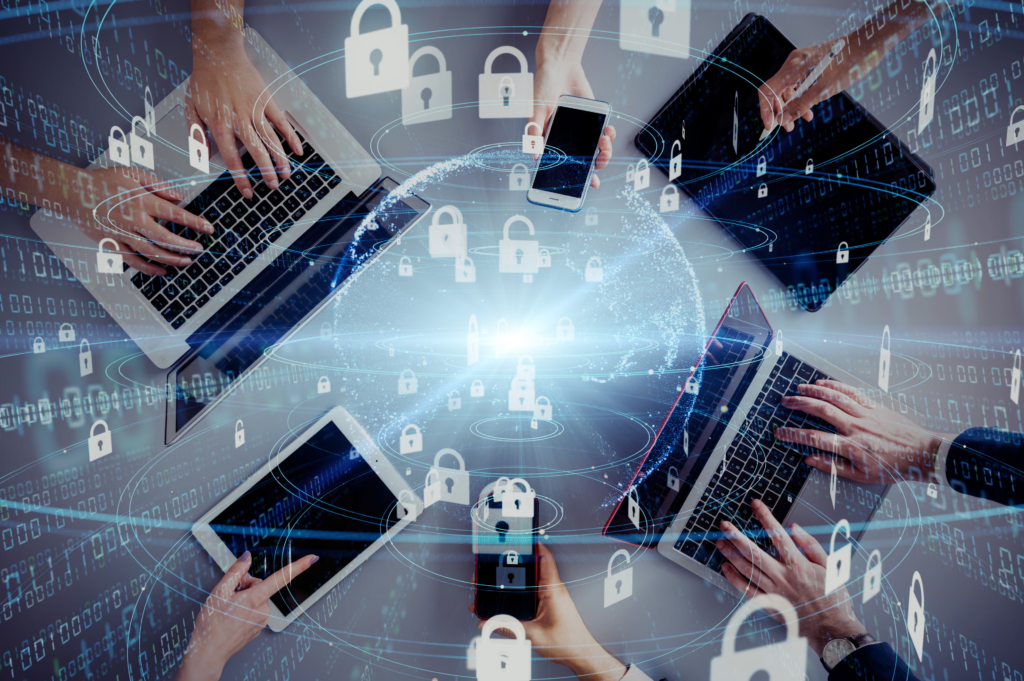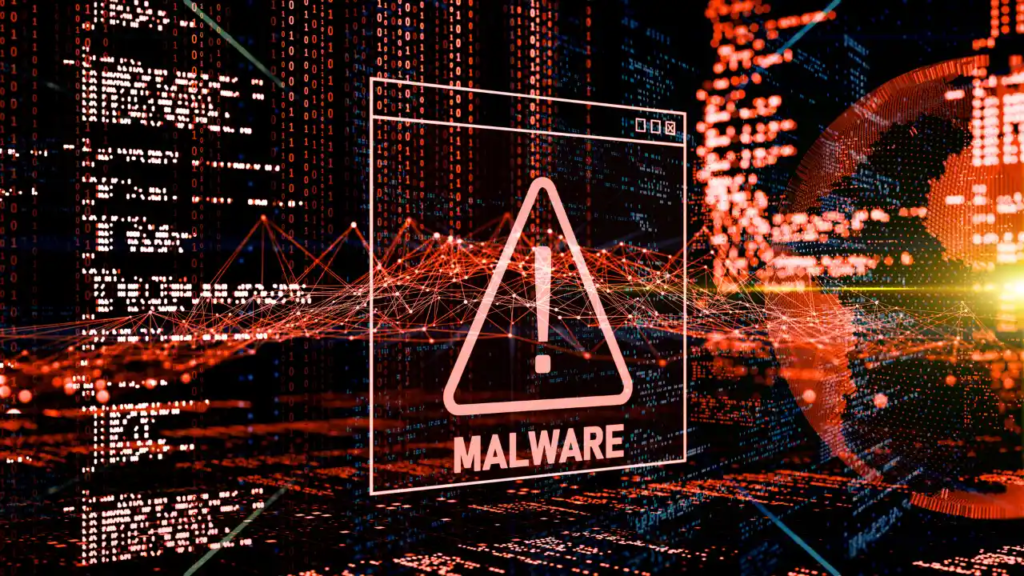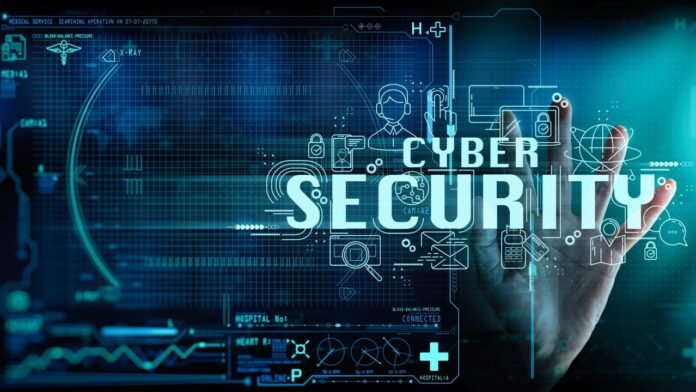A palpable topic in today’s world is cybersecurity. Numerous individuals, and unfortunately, a similar number of businesses, seem to exist under certain falsehoods about protection-covering 10 Cybersecurity Myths. These unresolved doubts might well become loopholes for the threat of data breach as well as financial losses. Follow along with Jazz Cyber Shield’s blog to debunk ten of the most common misconceptions about cybersecurity and fortified tips to better protect digital assets.
Myth 1: Antivirus Software Provides Complete Protection
Although antivirus software is important to secure protection, it is not enough on its own. Modern types of cyber threats such as ransomware and emails (phishing) or those that act with zero-day exploits can easily evade traditional antivirus protection. A broader security strategy would involve red teaming, white, and blue teaming, protection strategies such as endpoint detection and response (EDR), monitoring the network, user education on ways to reduce risk.
Myth 2: Small Businesses Are Not Targeted by Hackers

Small business administrators have the common misconception that cyber attackers only pursue large corporations. However, it is the small businesses that are typically more vulnerable as they lack ample security mechanisms. Reports suggest that nearly half or a better part of all cyber attacks are kindled on small and medium-sized enterprises (SMEs). It is essential for all business enterprises to uphold security practices for securing their businesses. These security practices may then entail the combination of multi-factor authentication (MFA) and regular auditing.
Myth 3: Strong Passwords Alone Are Enough
While complex credentials are better for security, vulnerability still exists. Cybercriminals will go at lengths to steal an organization’s login credentials like via filling the database using credentials that have been stolen elsewhere. Implementing MFA would take the security situation a notch up by requiring another level of verification, such as a one-time passcode sent to their mobile device.
Myth 4: Cyber Threats Only Come from External Sources

In an unhealthy organizational security environment, an undue focus is given on protecting the network from external intruders and scant attention is paid to insider threats. Thus, internal staff as well as contractors and partners accessing sensitive information may unknowingly or maliciously attempt to breach security. By strictly controlling access to assets, by educating employees to follow best practices, and by identifying dubious activities, there is hope for some containment to insider threats.
Myth 5: Firewalls Alone Can Prevent Cyberattacks
Firewalls are vital for network security. They are, however, not panacea. Social engineering, phishing, and malware provide ways for hackers to enter systems beyond the protection of firewall. There is no substitute for a full-scale, end-to-end security system which includes endpoint protection, intrusion detection systems, and threat intelligence.
Myth 6: Cybersecurity Is Solely the IT Department’s Responsibility

Security is not just for IT or compliance as the case is when one thinks of cybersecurity as an element in the corporation. The theory is that every person throughout the organizational chart should behave securely; however, it is also necessary to promote security awareness across the rest of the employee group. In this sense, the recommended elements (security training awareness, phishing simulations, and security policies) lend themselves to the creation of a more enduring cybersecurity culture in an organization.
Myth 7: Public Wi-Fi Is Safe with a VPN
A virtual private network encrypts your internet traffic. This offers further protection whenever using public Wi-Fi. However, VPN does not protect you from every attack. An attacker may still trick you to connect to a rogue Wi-Fi network, perform a man-in-the-middle attack, or exploit a device vulnerability. It is advisable to avoid accessing sensitive data on public Wi-Fi as much as possible, and it is crucial to keep your device up to date with the latest security patches.
Myth 8: If a Website Has HTTPS, It’s Always Secure
Although HTTPS ensures encryption during data communication, it doesn’t guarantee that malware or phishing isn’t present on the website. The cybercriminals can often create deceptive HTTPS websites to mislead users to jostle their login credentials. But always check for the authenticity of websites, security symptoms, and avoid clicking on suspicious links.
Myth 9: Macs and Linux Devices Are Immune to Malware

In today’s scenario, even tier-1 operating systems such as Windows, macOS, and Linux could expose your hard disk to intruders; by that, I mean that they are now tested to an extent where only user-specific security measures would play a decisive role. Now, the only ways of evacuating the elements of uncertainty that shade the climate around user security is to install update programs regularly, to apply an antivirus commonly known by all, and to abstain from sketchy program downloads.
Myth 10: Cybersecurity Measures Are Too Expensive
Many businesses drift into delaying layering 10 Cybersecurity Myths on their business models simply because the latter is inherently costly. Yet, having a meaningful impact on the company’s financial stability – ransoms, regulatory fees, as well as suffer the most significant reputational harm – are ultimately much greater costs than the cost of defense. Businesses need to invest more into good but cheaper counter measures like open-source cybersecurity tools, employee training, or cloud-based endpoint security.
Conclusion
10 Cybersecurity Myths has forever been a dynamic sphere, which requires printings and the process itself to keep growing. Whenever the wind blows off its lid, people and businesses should act on it to strengthen their securities. One sure way of managing current digital security threats is through maintaining layers of security, keeping an eye on threats, and imparting a sense of security onto the people. Stay secured with Jazz Cyber Shield, your trustworthy ally in cybersecurity.




If you think cybersecurity is too complicated, this blog post is for you. Jazz Cyber Shield’s blog makes learning easy and accessible.